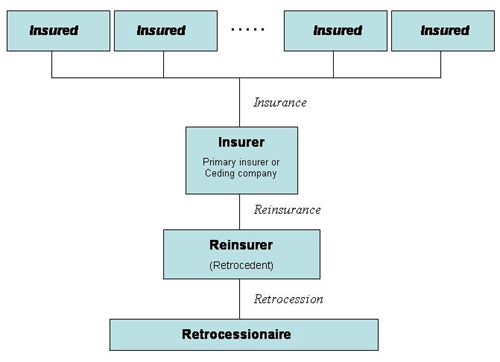An Introduction To ExchangeTraded Grantor Trusts Bonds Market Dhara Web Site
Post on: 7 Апрель, 2015 No Comment

Home Bonds An Introduction To Exchange-Traded Grantor Trusts
1/7/2012 12:05:46 AM
Administrator
Posts: 562
Exchange-traded grantor trusts are investments in a basket of investment vehicles, which can be made up of commodities or common stocks and allow access to a certain sector or industry. Those baskets can allow investors to access commodities, like gold or silver, without the investor actually buying and dealing with the futures market, first hand.
Exchange-Traded Grantor Trusts Vs. ETFs
Grantor trusts turn investors into shareholders, and they will be treated as such. This means they will receive dividends if the companies held pay a dividend. and will retain full voting rights. These exchange grantor trusts trade on an exchange and are traded similarly to stocks. However, exchange grantor trusts are considered a non-managed investment pool. As opposed to exchange-traded funds (ETF), exchange grantor trusts’ portfolios are locked and the baskets cannot be added to or subtracted from at a later date, even though investors in these types of trusts can request actual stock certificates for each company in the basket. (To learn more, see An Inside Look At ETF Construction .)
Exchange grantor trusts, like all investment choices, have to be carefully weighed by investors and traders alike. The best way to do that is to know their benefits as well as their drawbacks. (For more, see If I own a stock in a company, do I get a say in the companies operations? )
Benefits
Dividends are distributed — If a stock in a basket pays dividends, they will be received right away, similar to a regular stock.
Retain voting rights — Investors will have the same voting rights as any other shareholder for every company held in the basket.
Cost efficiency — There is not much need for management, because the portfolio is fixed and not changed for the life of the trust, thus cutting down on the cost of running the trust.
Commodities investing — Exchange grantor trusts allow investors to participate in the commodities market without actually buying futures contracts.
Tax efficient — Since the portfolios are locked and there is no need to sell at a certain time, investors can control taxes by deciding when (or even if) they want to redeem and sell shares.
Negatives
Dividends cannot be reinvested — A major drawback of exchange grantor trusts is they do not allow investors to reinvest any earned dividends.
Limited life — These trusts can have a limited and set life for which the fund will run.
Fixed portfolio — Changes cannot be made at a later date. Through mergers and acquisitions, one company in a sector can dominate and make up the bulk of the basket’s profits or losses. Once a trust is finalized, the portfolio cannot be updated.
Tons of paperwork — Depending on the number of companies held in the basket, investors will be swamped with paperwork. This paperwork will come in the form of annual reports and other filings that companies generally distribute throughout the year.
Different Than ETFs
Exchange grantor trusts should not be used in the same manner as ETFs. For investors interested in a buy-and-hold approach to a certain sector, exchange grantor trusts may be ideal, as their baskets are never changed or added to. As such, exchange grantor trusts suit a buy and hold approach, so keep that in mind when deciding on their suitability for your portfolio. (To learn more, read Buy-And-Hold Investing Vs. Market Timing .)














